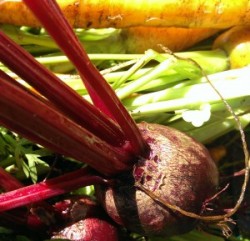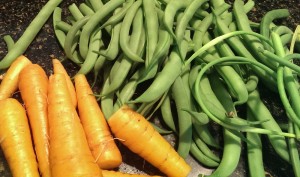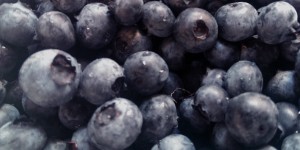Summer Most Heat Moon
The increasing pace of the harvest is plant life telling us that the seasons that matter are  changing. What seems like the height of summer to us presages not more summer, but fall and the big harvests of September and October. That’s what the plants know and in their distinct and ancient language they’re reminding us the time to gather in foodstuffs is now. Right now.
changing. What seems like the height of summer to us presages not more summer, but fall and the big harvests of September and October. That’s what the plants know and in their distinct and ancient language they’re reminding us the time to gather in foodstuffs is now. Right now.
Pressure cookers and canning kettles across the Midwest have begun to heat up, too. That’s another sign. 5 pints of carrots went into the jars today and beets go in tomorrow, green beans as well. In a less complex economy this work would decide whether some of us would live or die through the long winter. Even with our garden I’m grateful for grocery stores. We would have to devote so much more of our time and energy to growing food if it were not for them.
Still, it’s not bad to have a reminder that the complex market system that brings vegetables and fruits and meats and processed foods of all kind into our grocery stores is just that, a human system. That means it can be disrupted by war, by natural disaster, by disease, by insects, by normal seasonal fluctuations in temperature and by climate change.
and fruits and meats and processed foods of all kind into our grocery stores is just that, a human system. That means it can be disrupted by war, by natural disaster, by disease, by insects, by normal seasonal fluctuations in temperature and by climate change.
It feels good to have those chicken-leek pies in the freezer. Those red glass jars of pickled beets and the golden ones of carrots. The jars of honey and pints of green beans, tomatoes and sauces. Frozen greens and peppers. Dried onions and garlic. Grape jam, currant and gooseberry pies. All the various herbs dried. And last year all the apples and cherries, plums and pears. Next year, probably, too, with the help of bees. (but we won’t be here, most likely, to make that happen.)
of honey and pints of green beans, tomatoes and sauces. Frozen greens and peppers. Dried onions and garlic. Grape jam, currant and gooseberry pies. All the various herbs dried. And last year all the apples and cherries, plums and pears. Next year, probably, too, with the help of bees. (but we won’t be here, most likely, to make that happen.)
